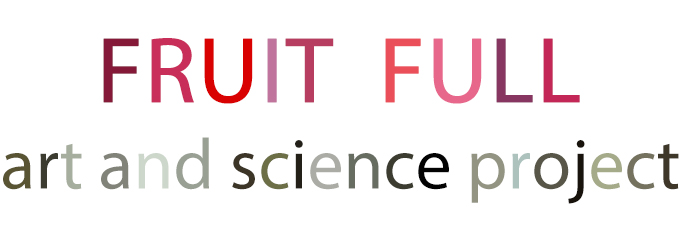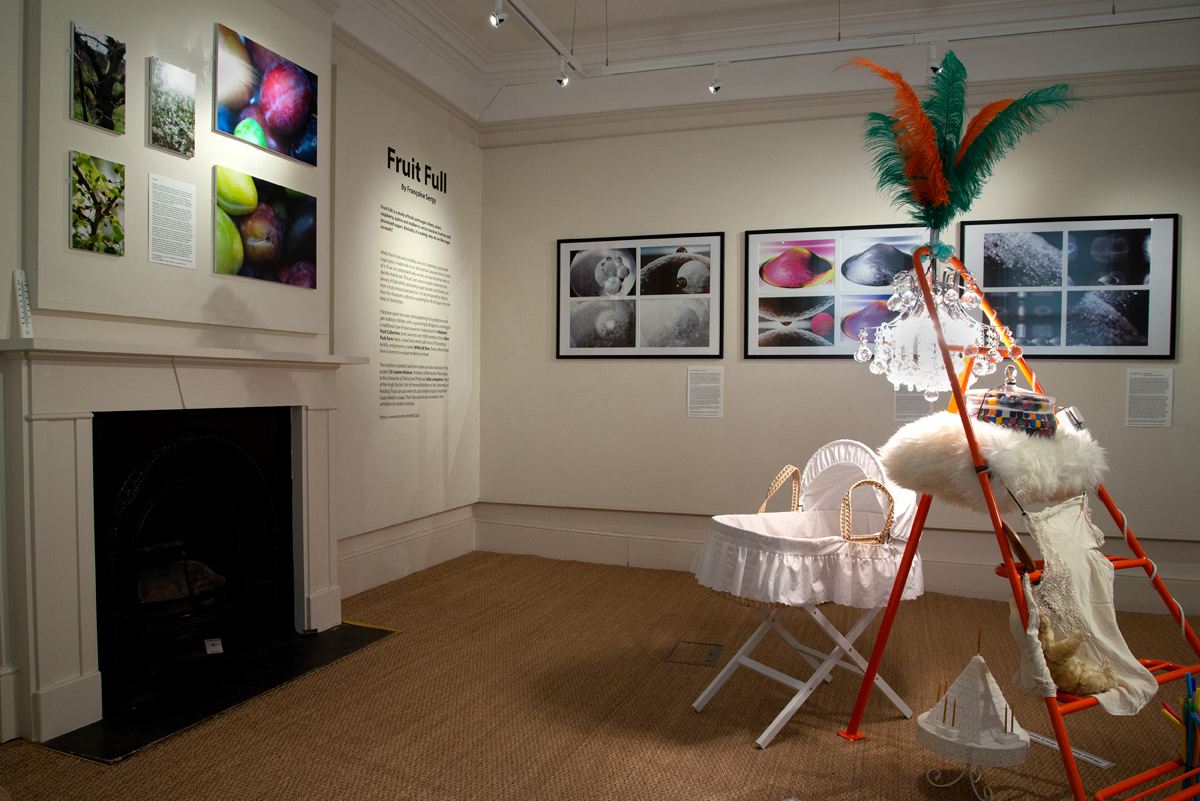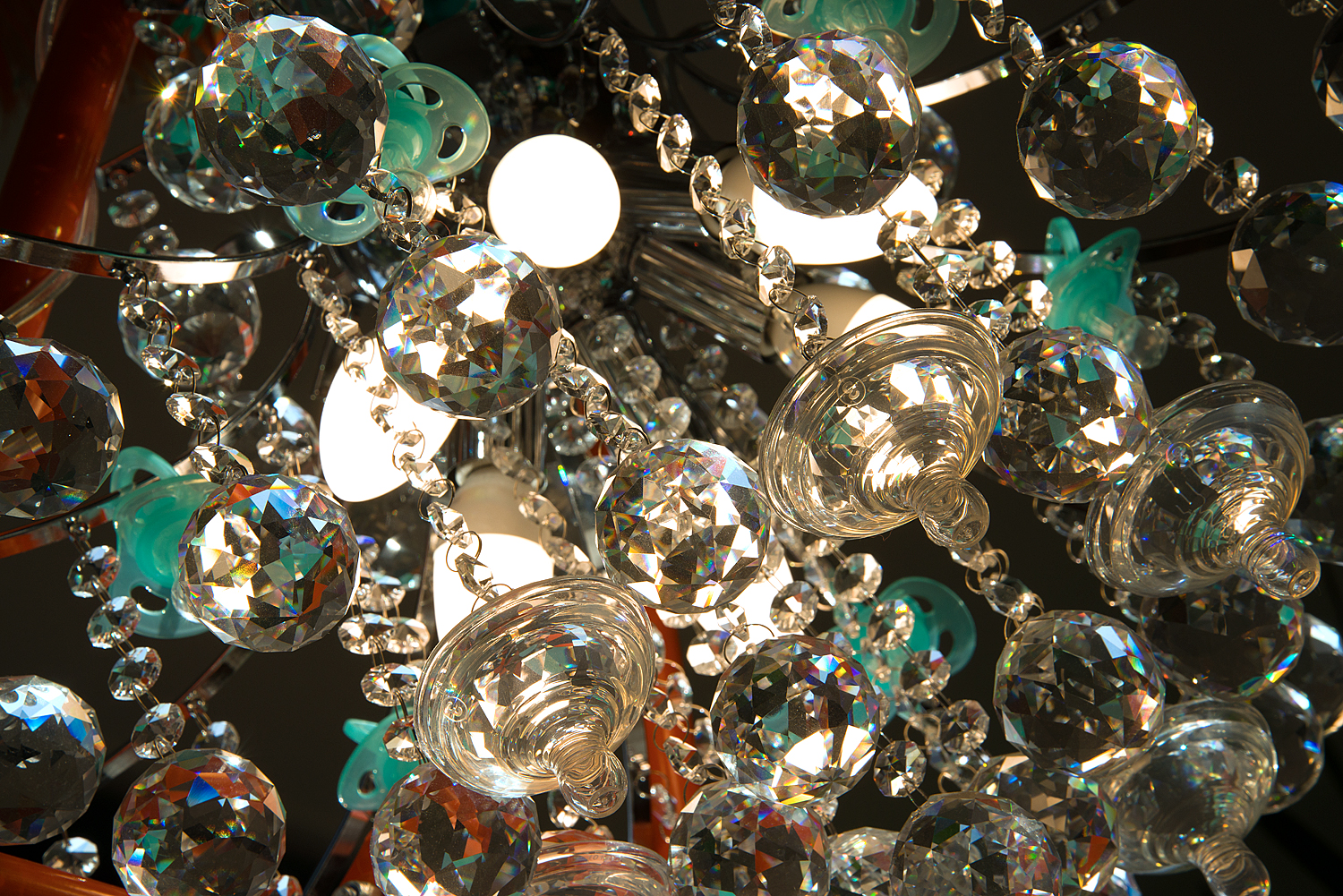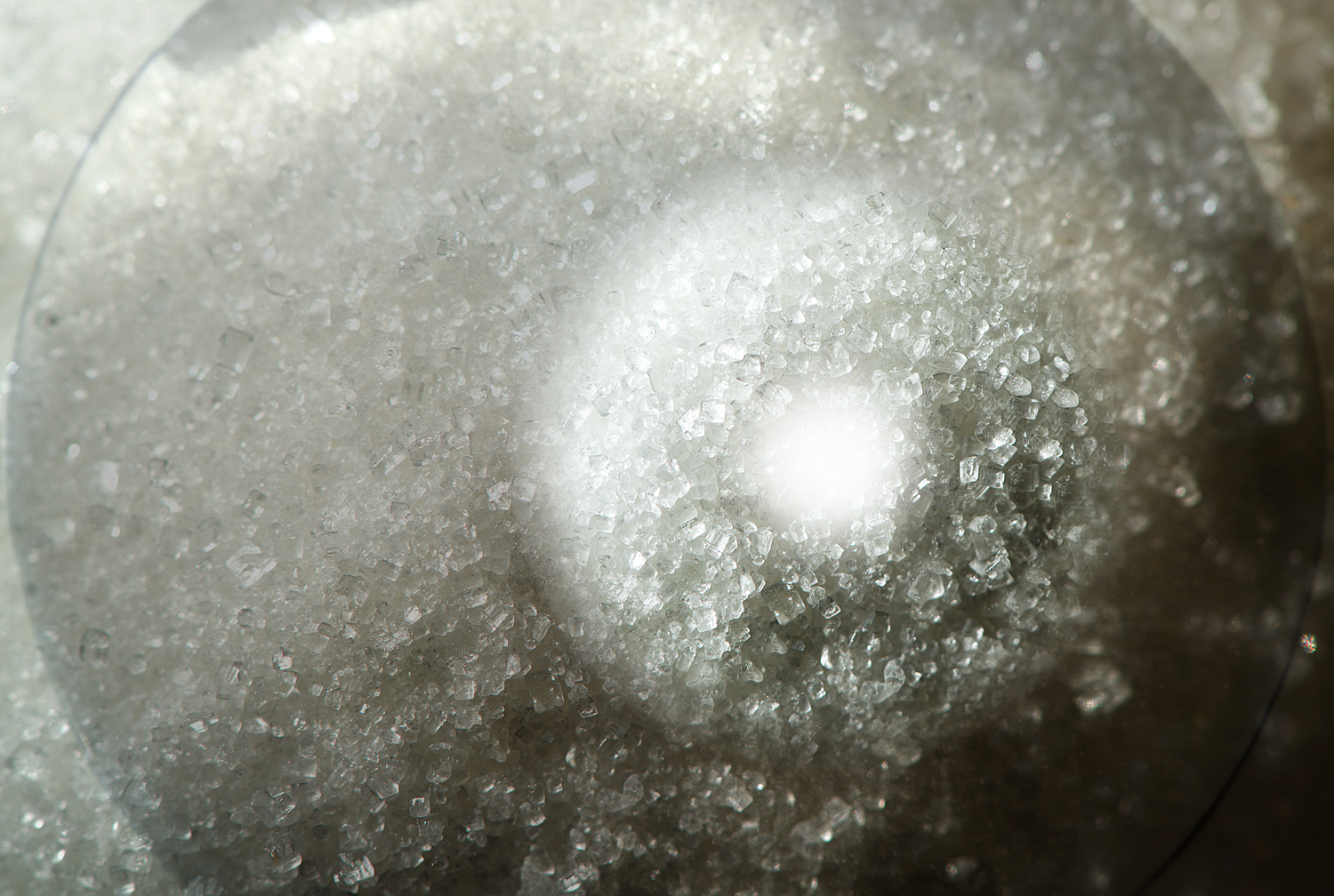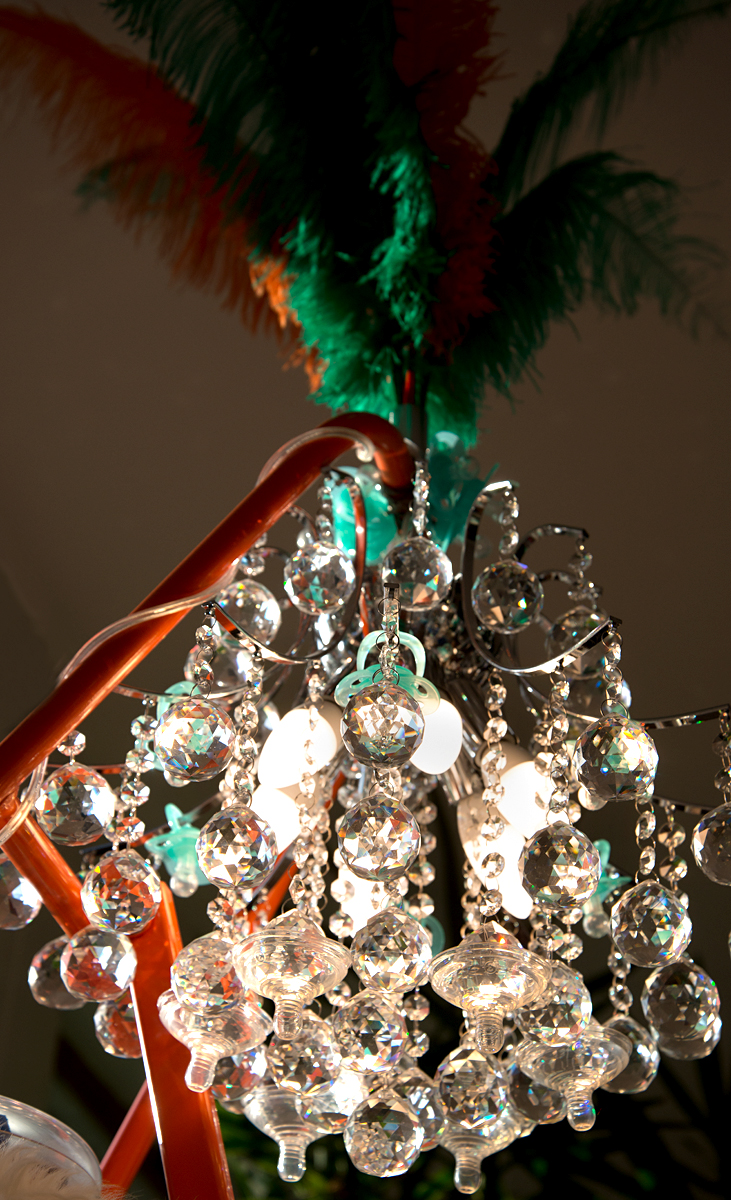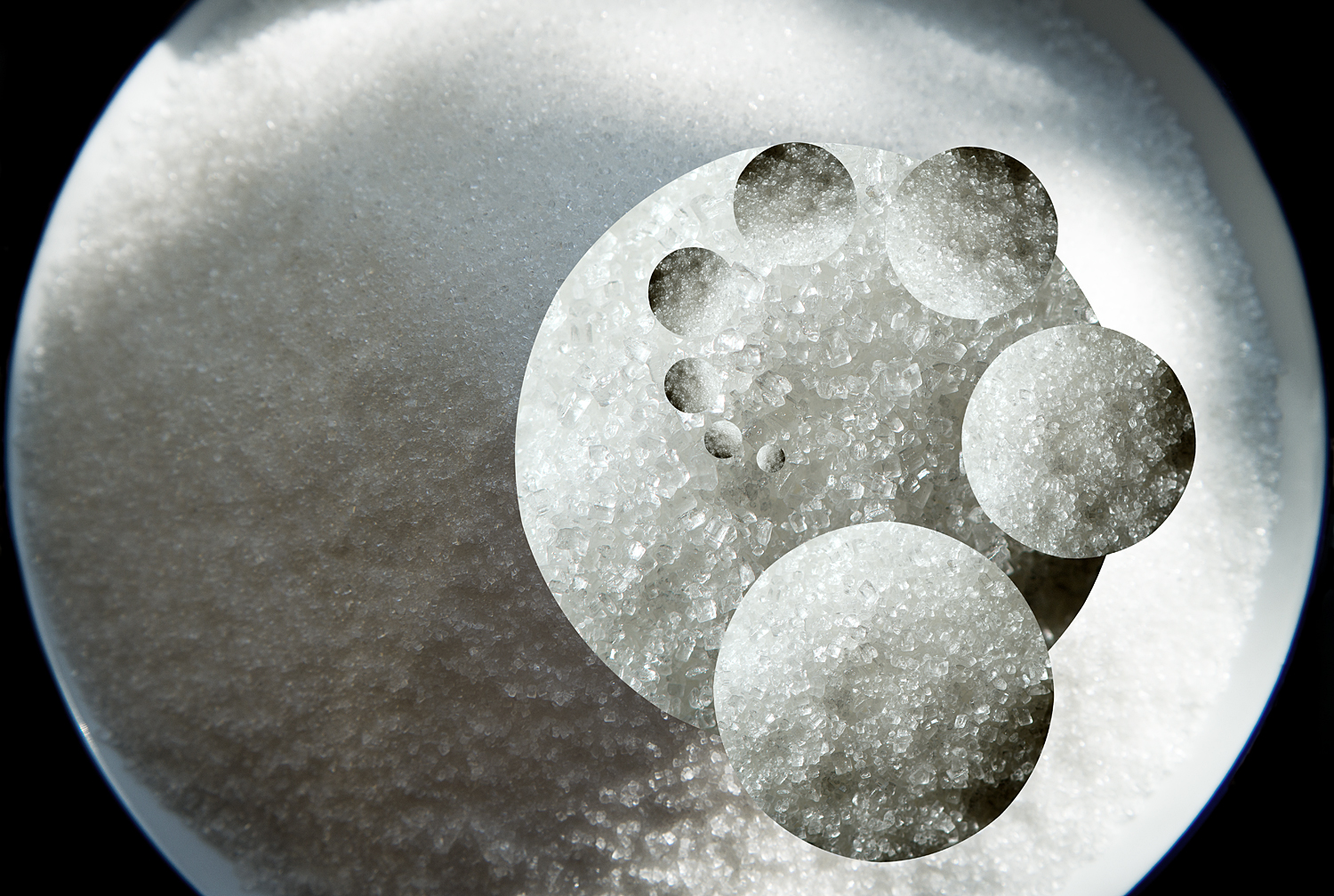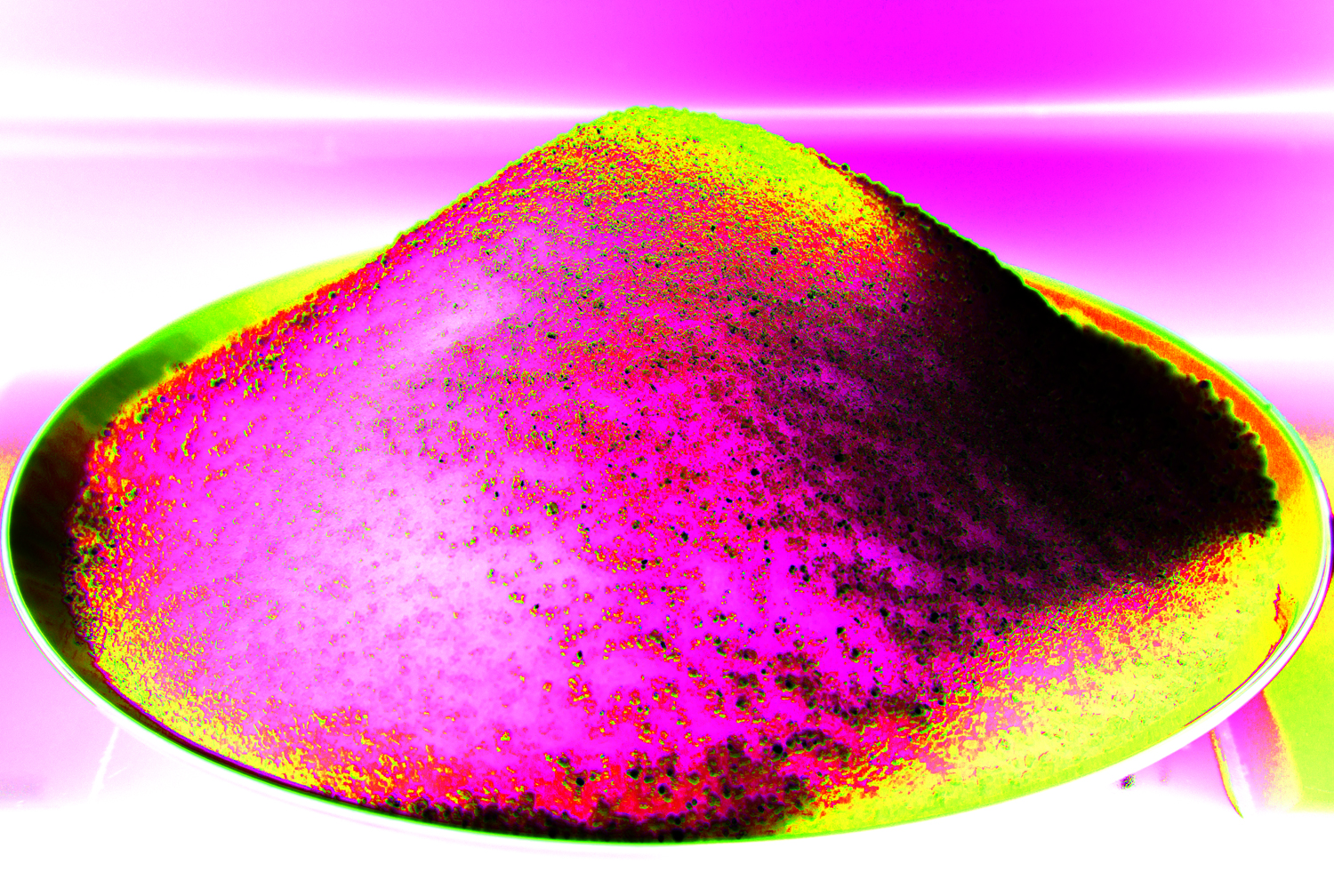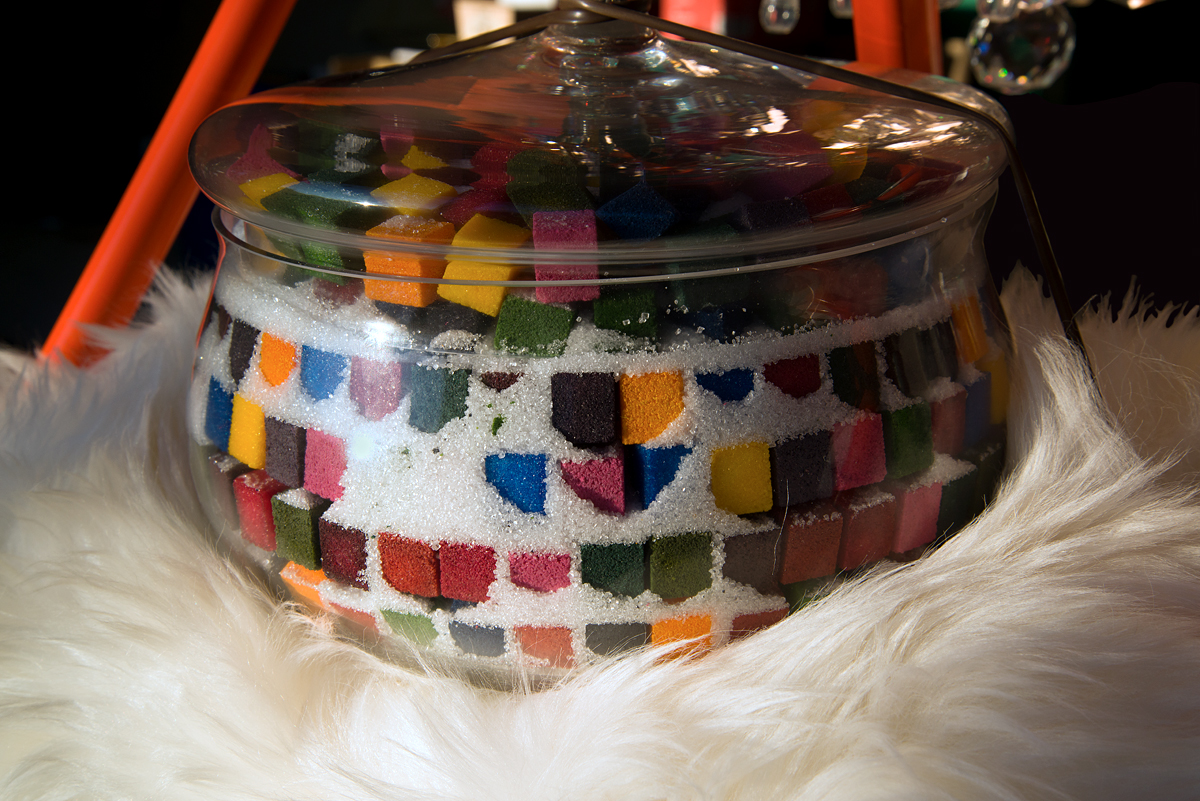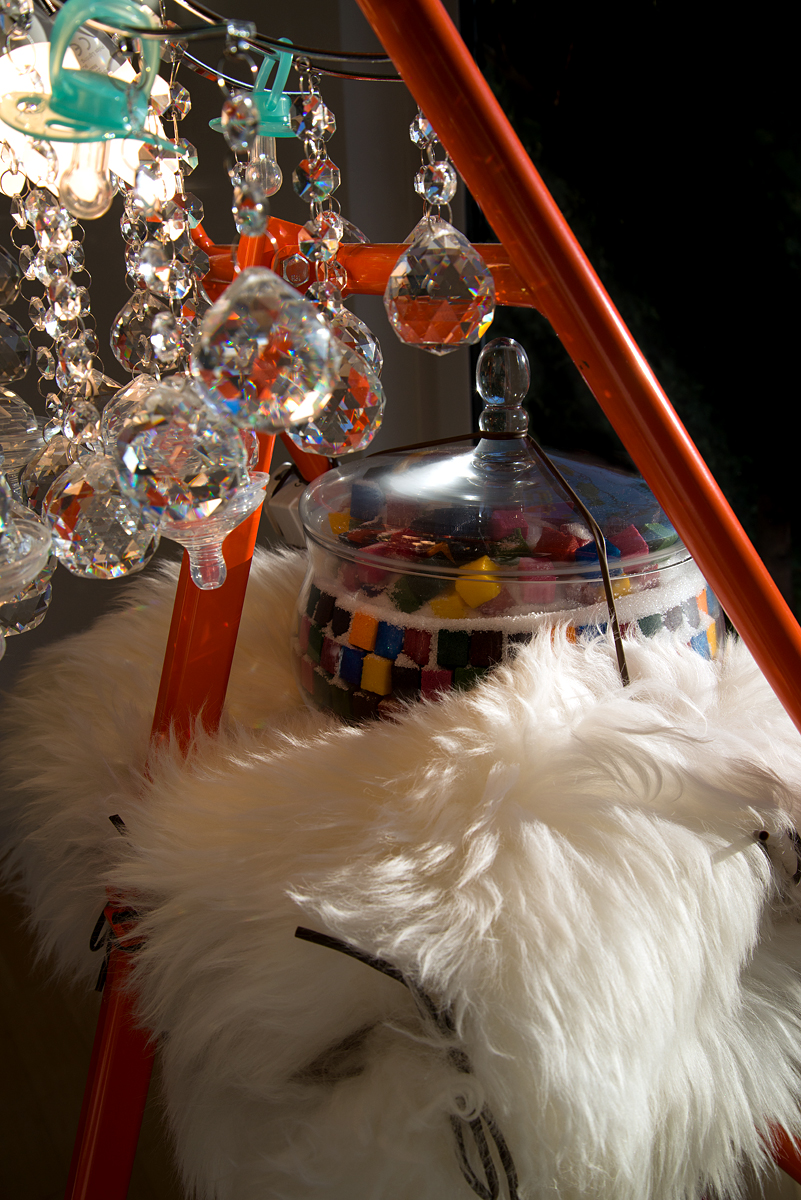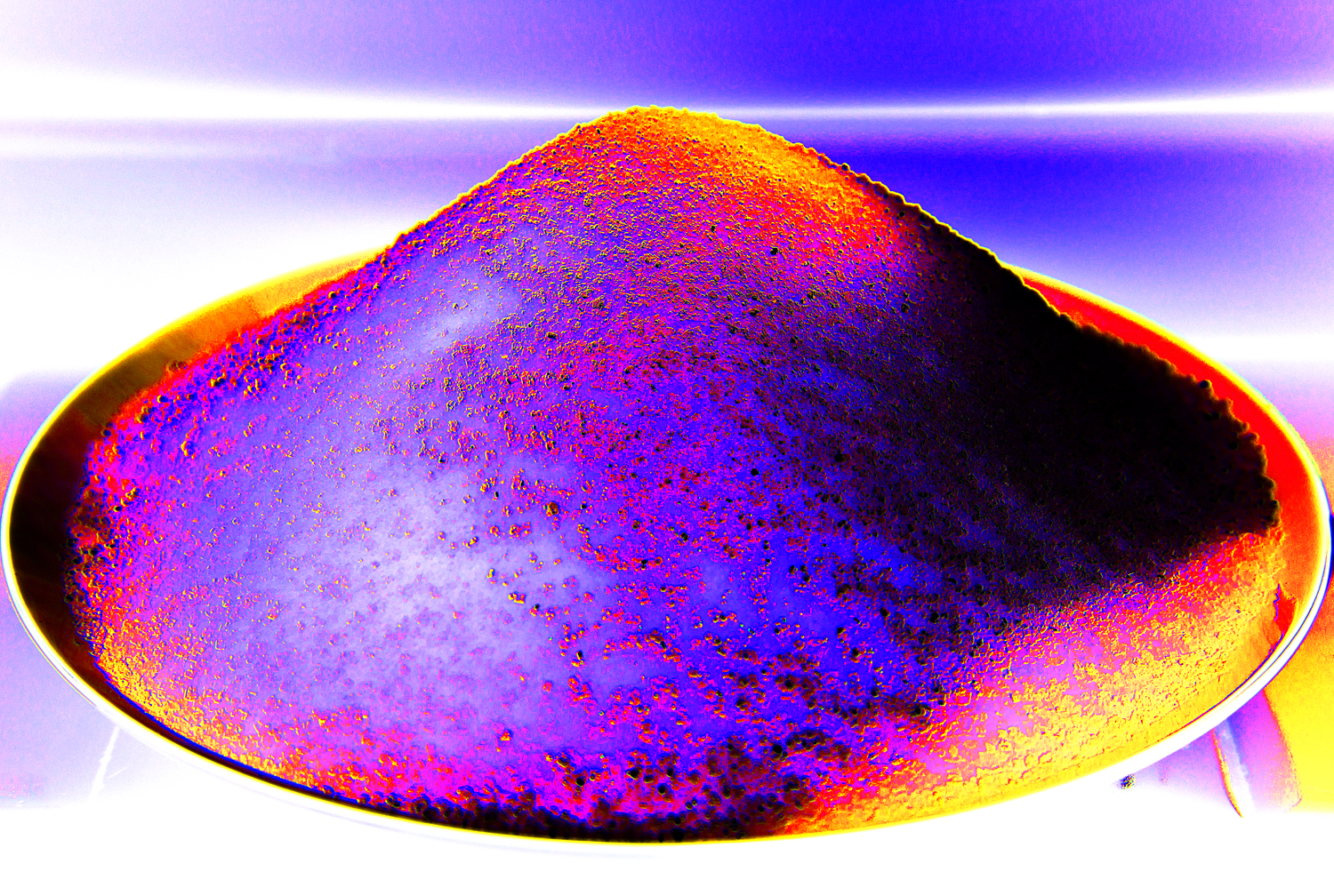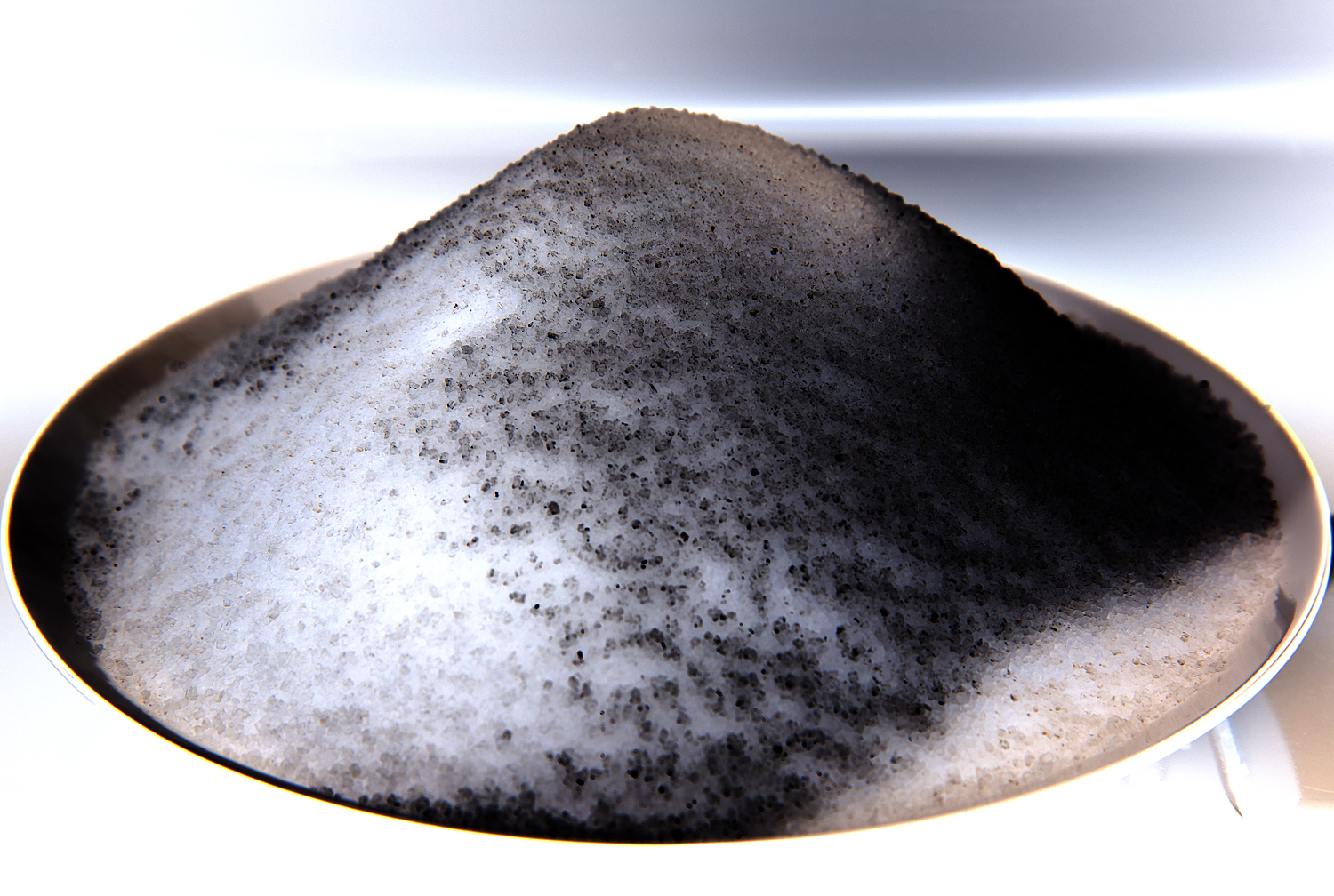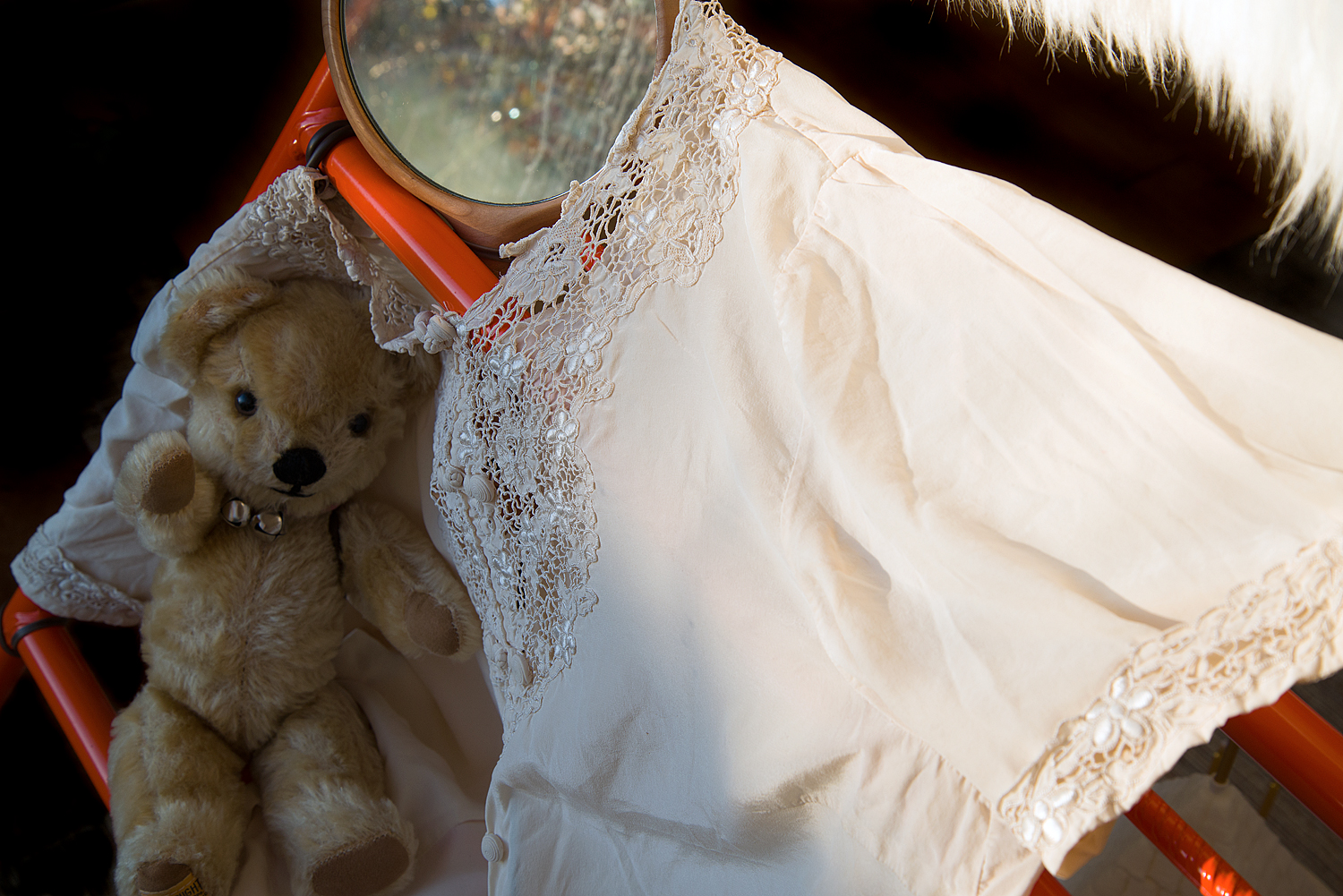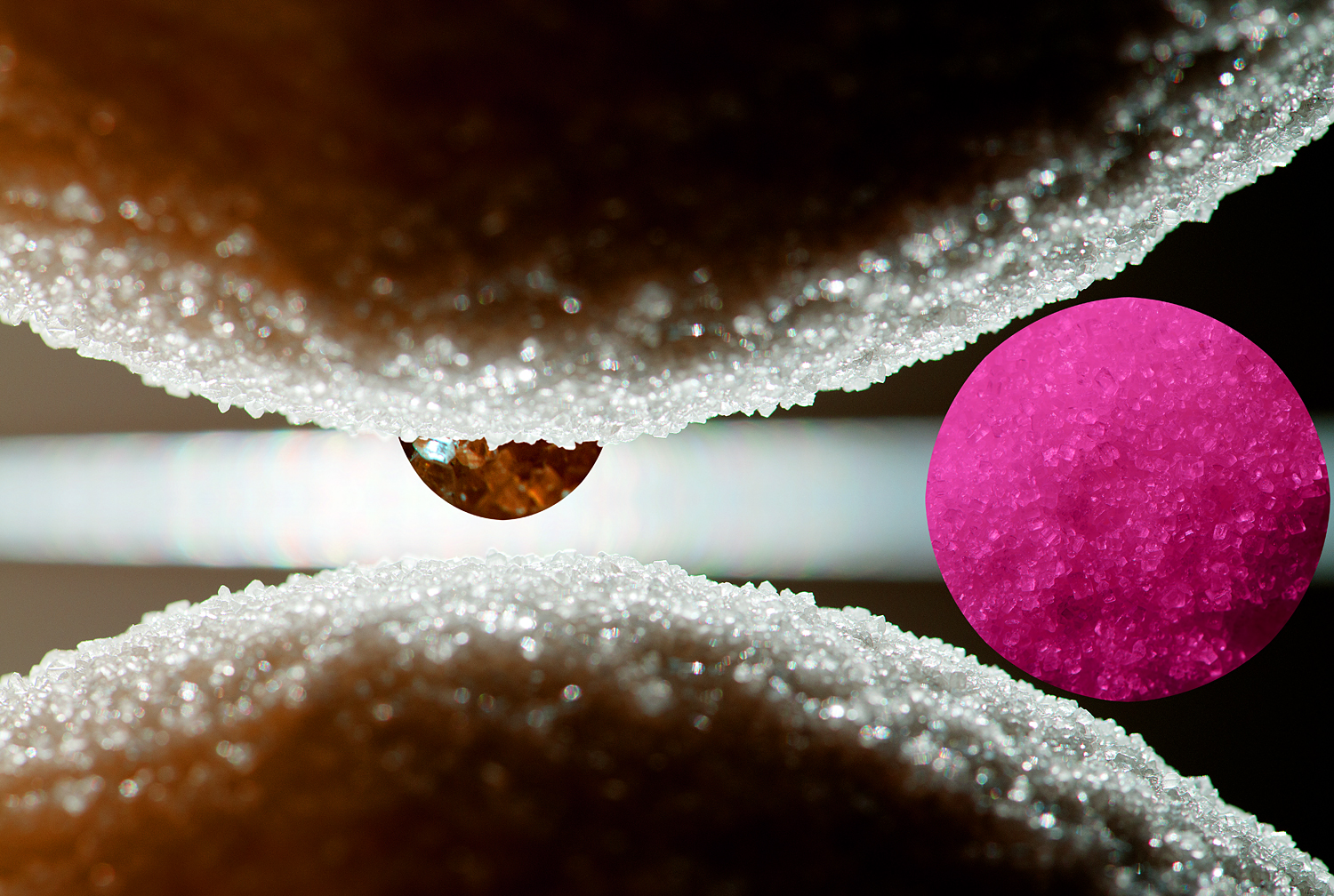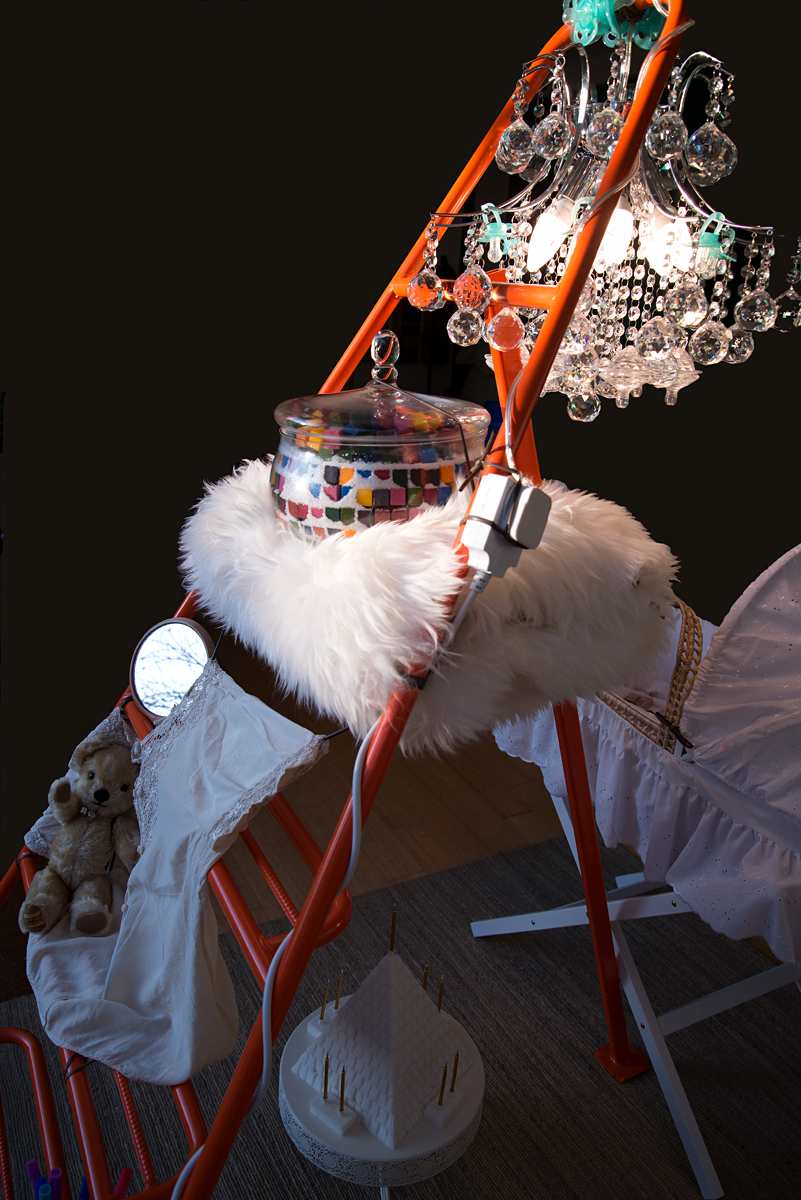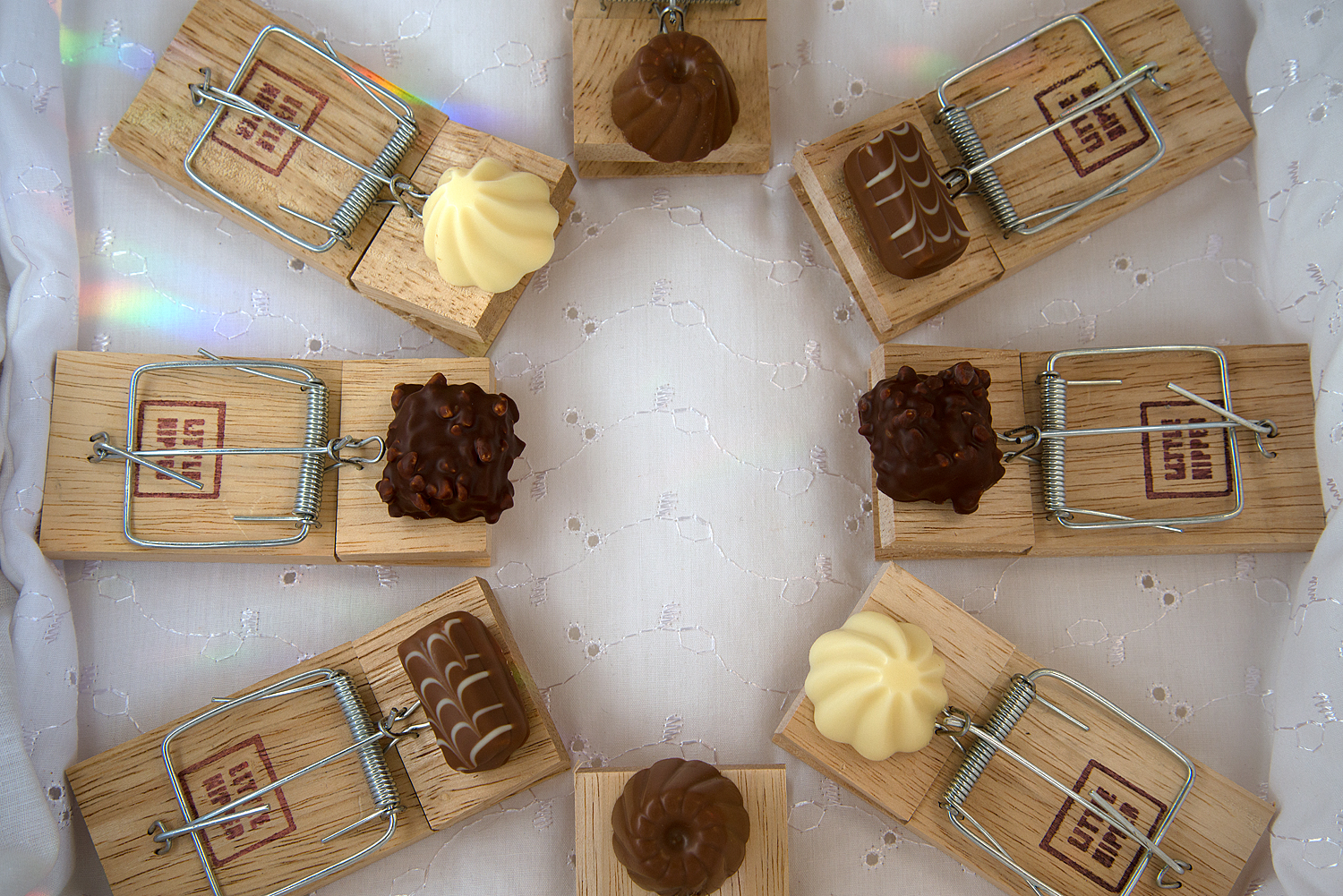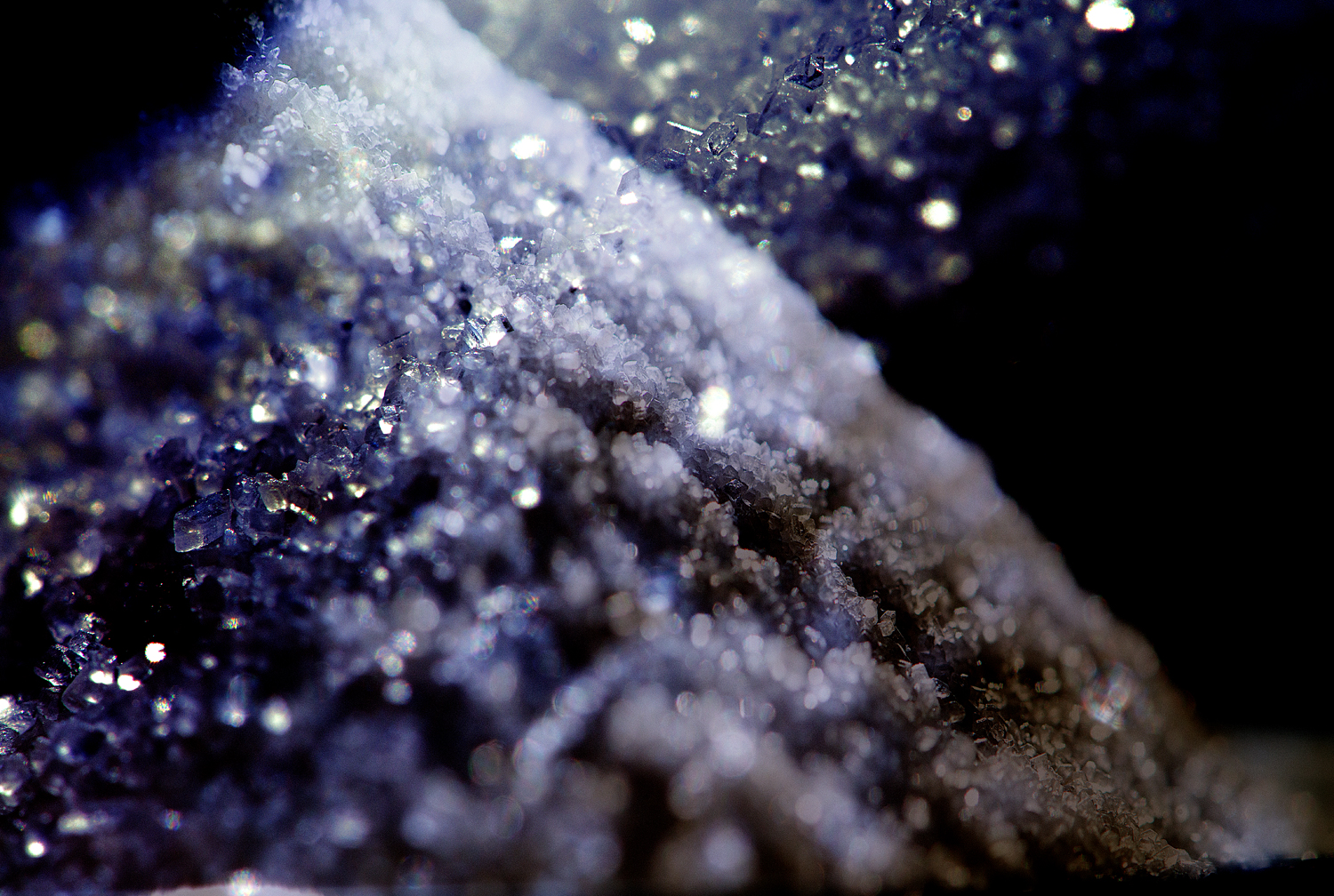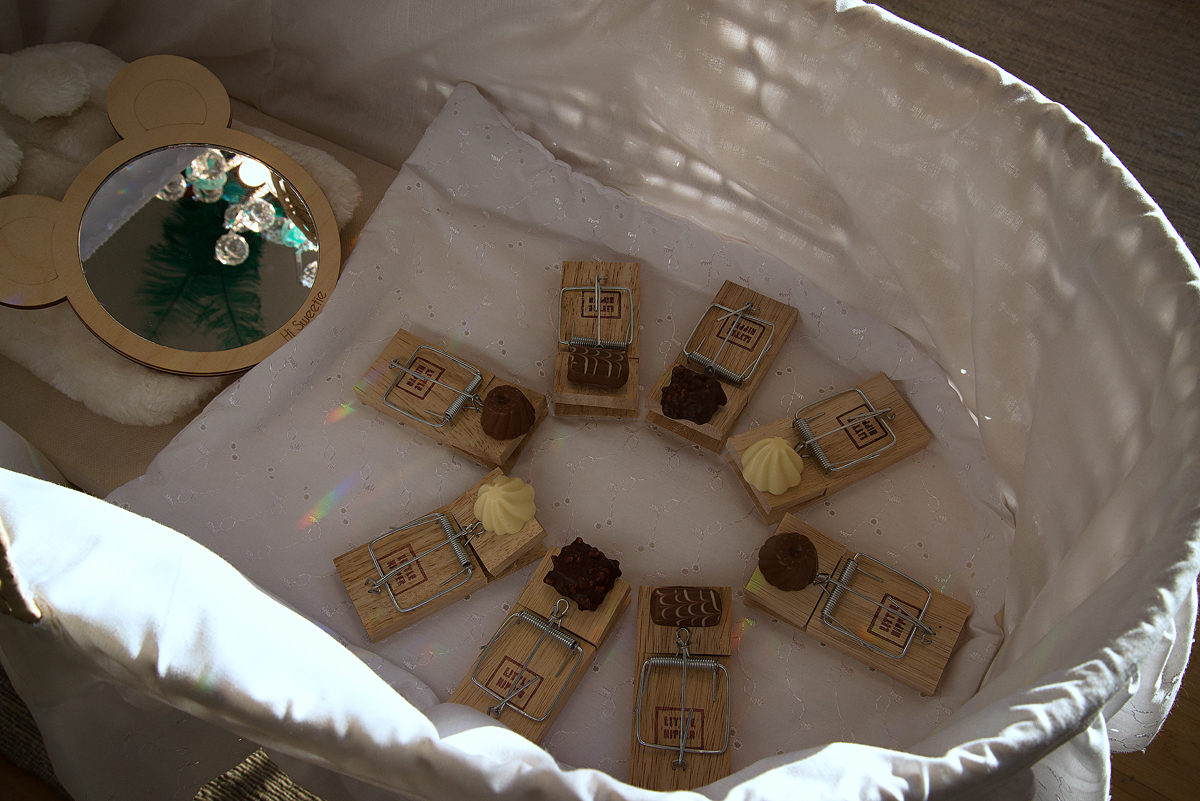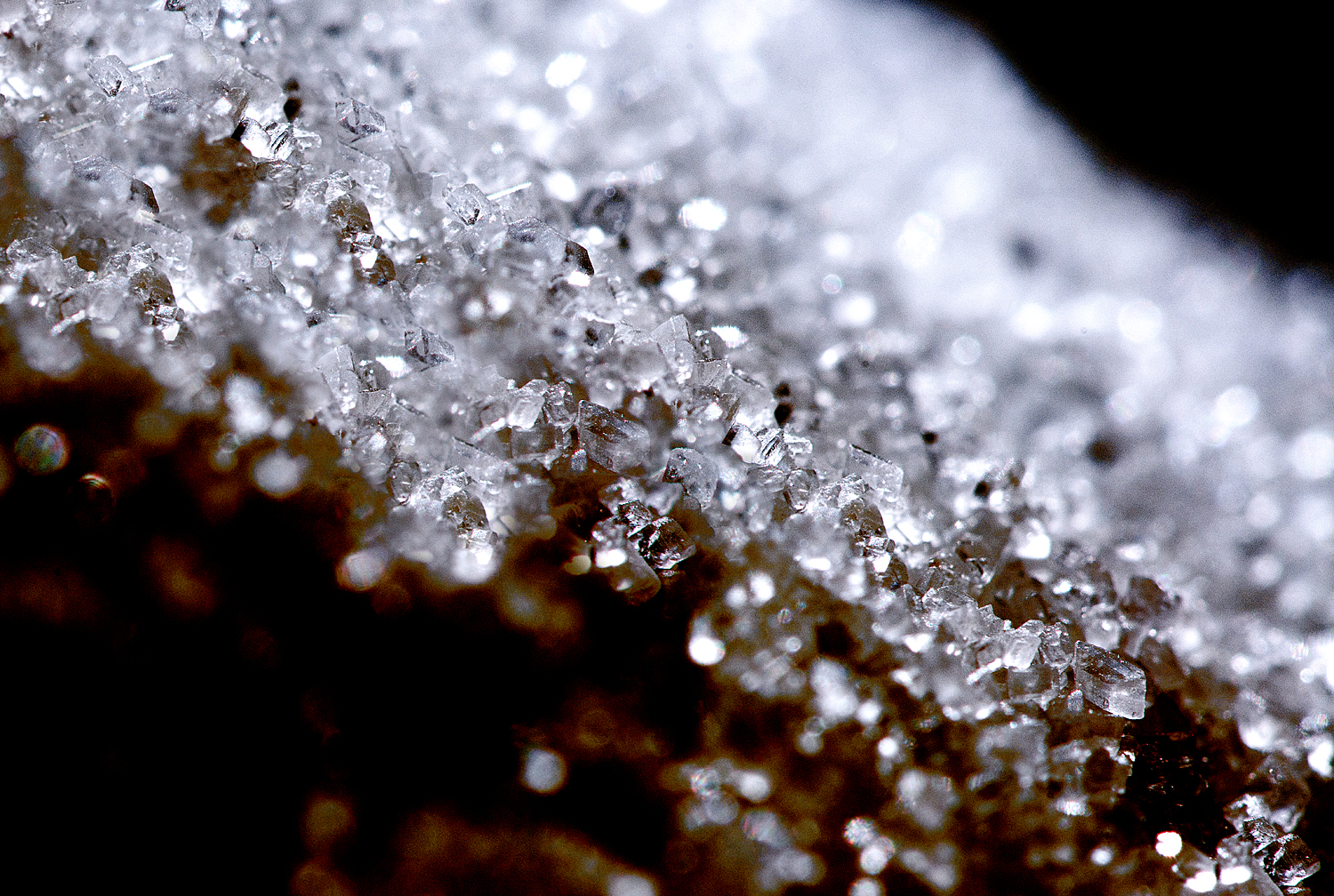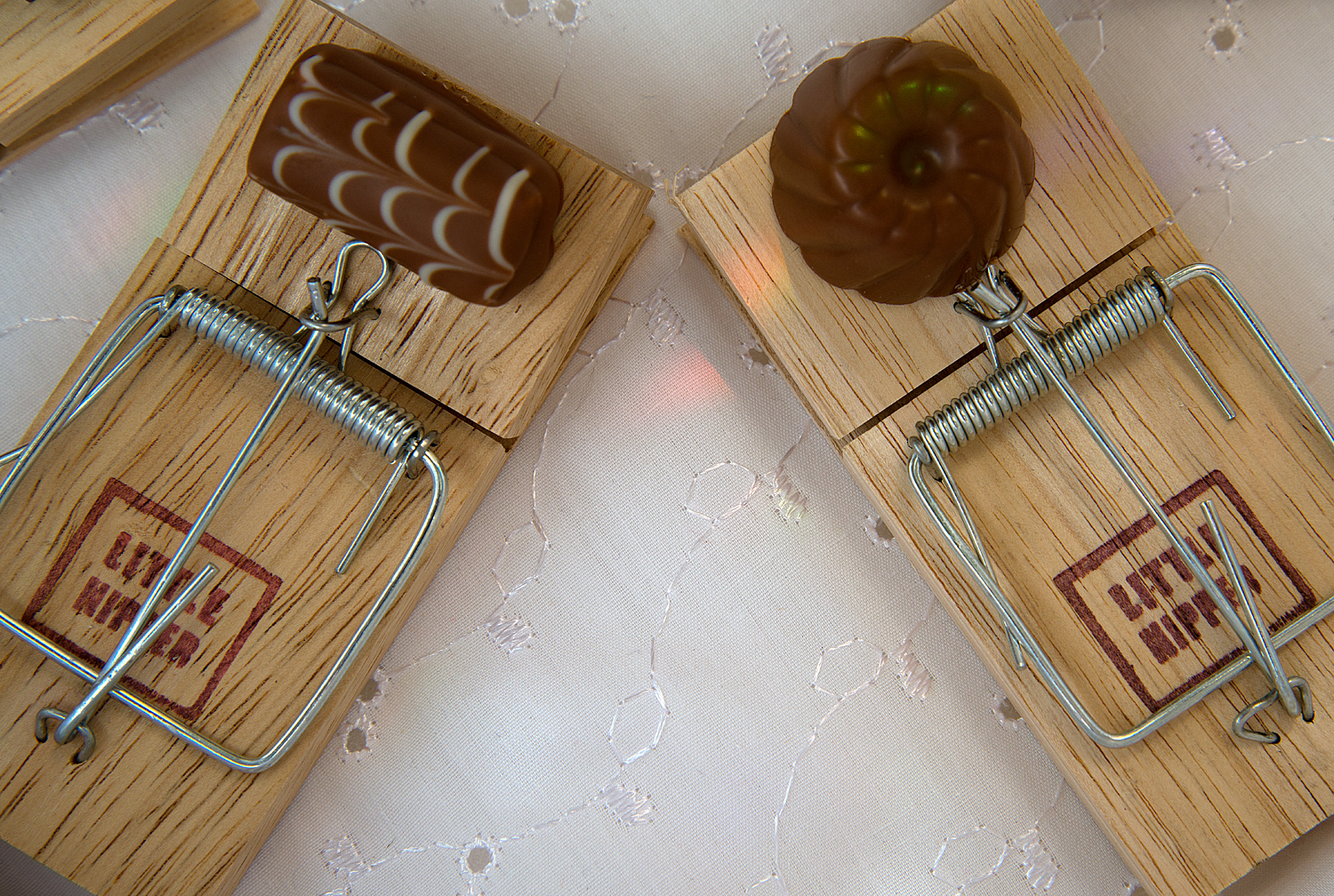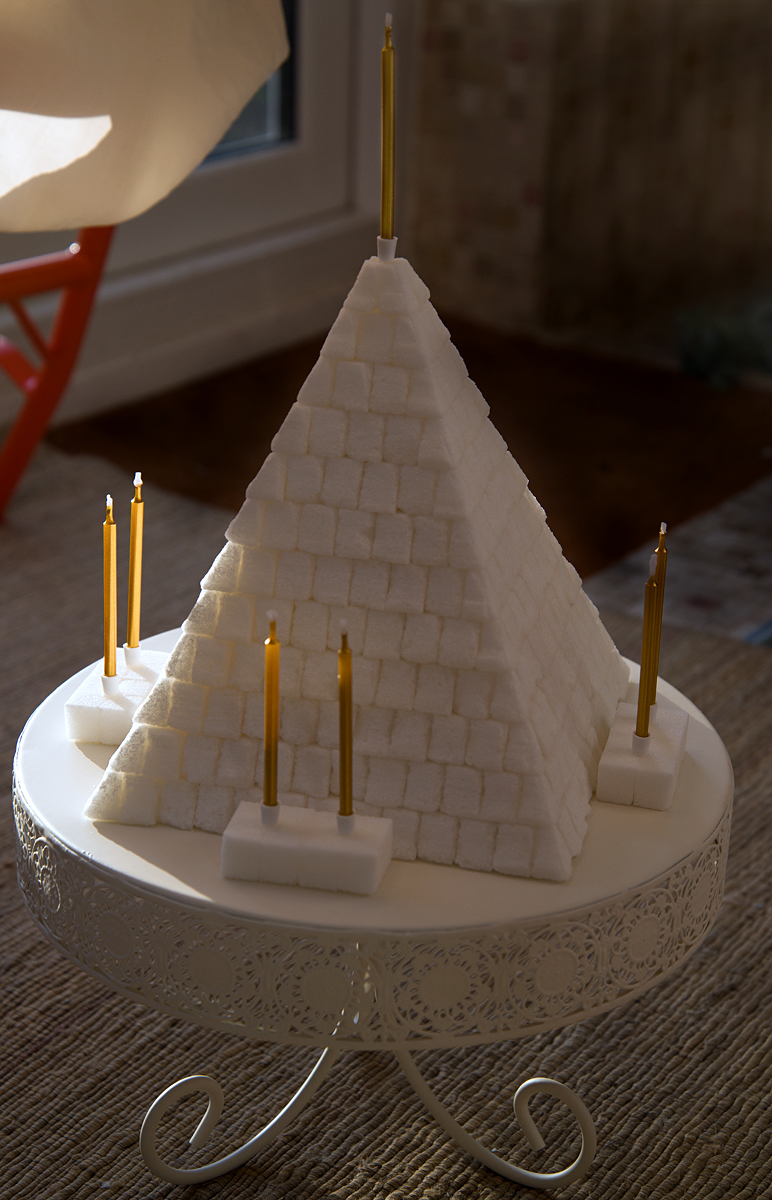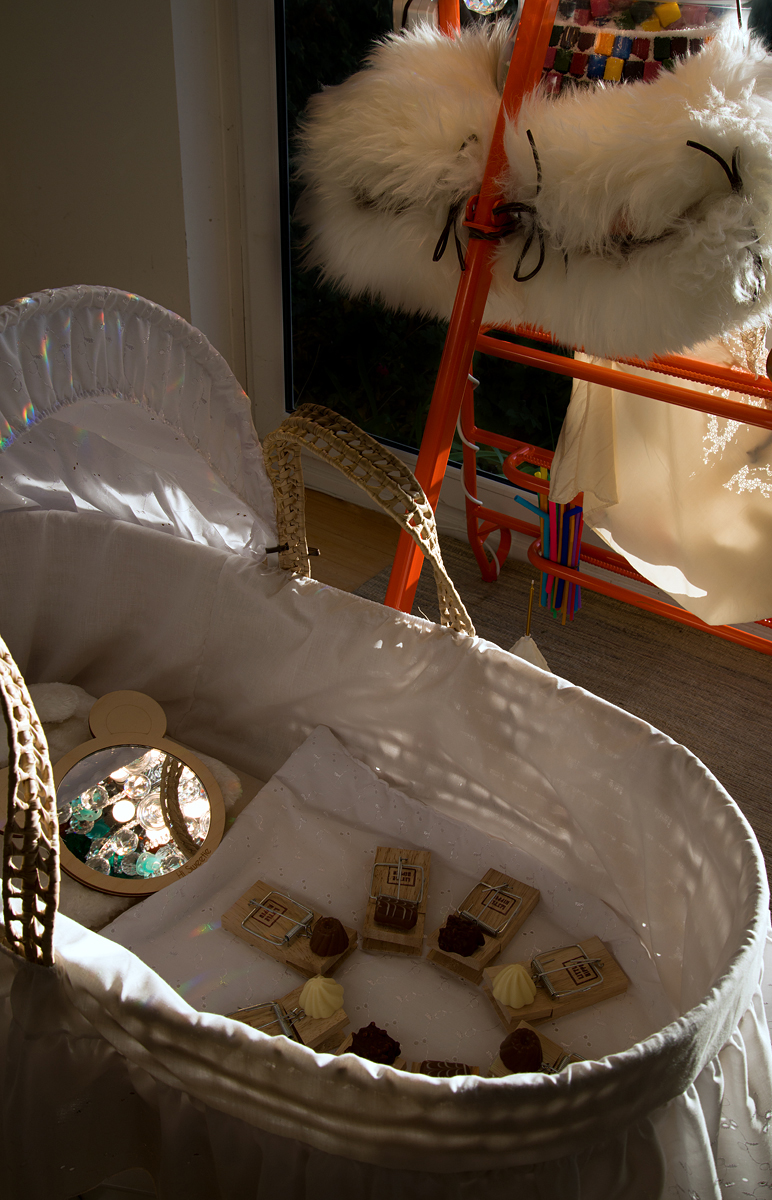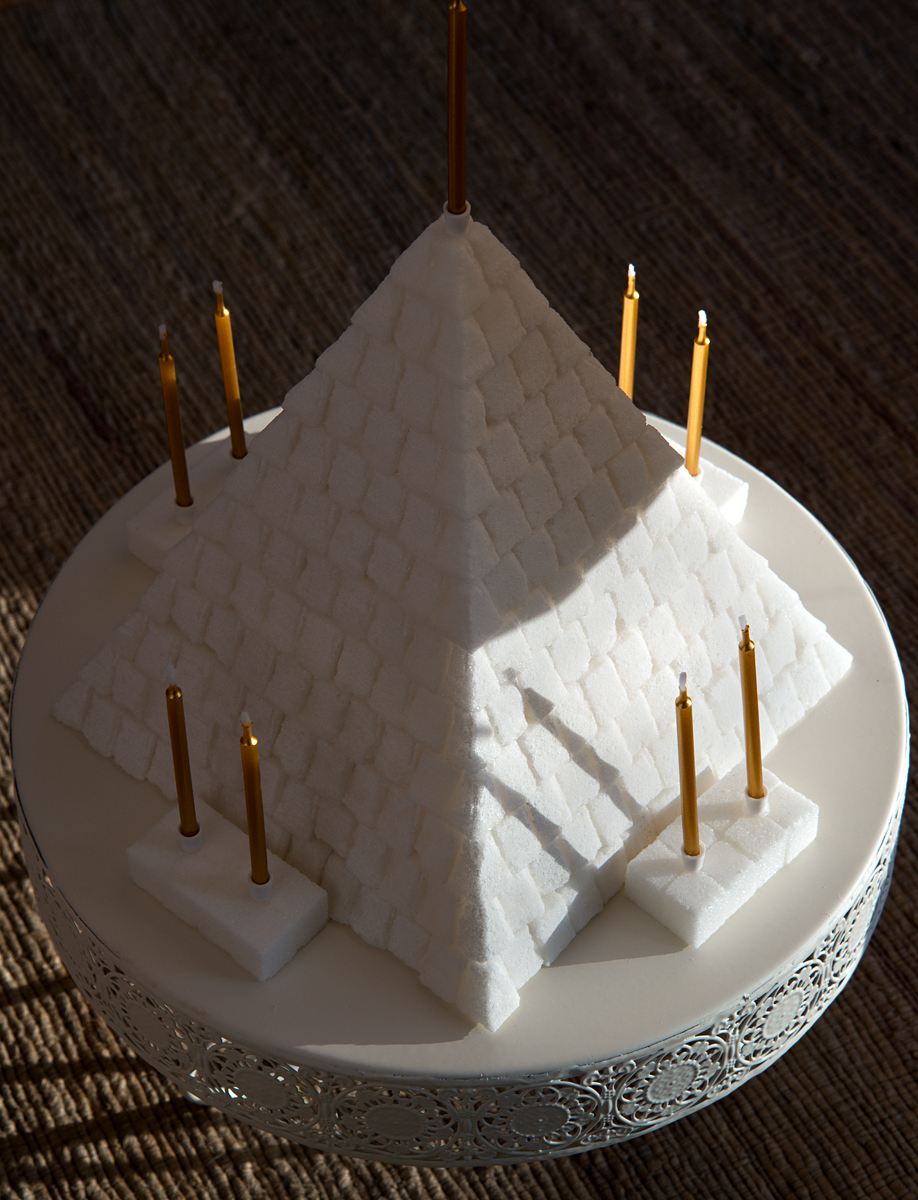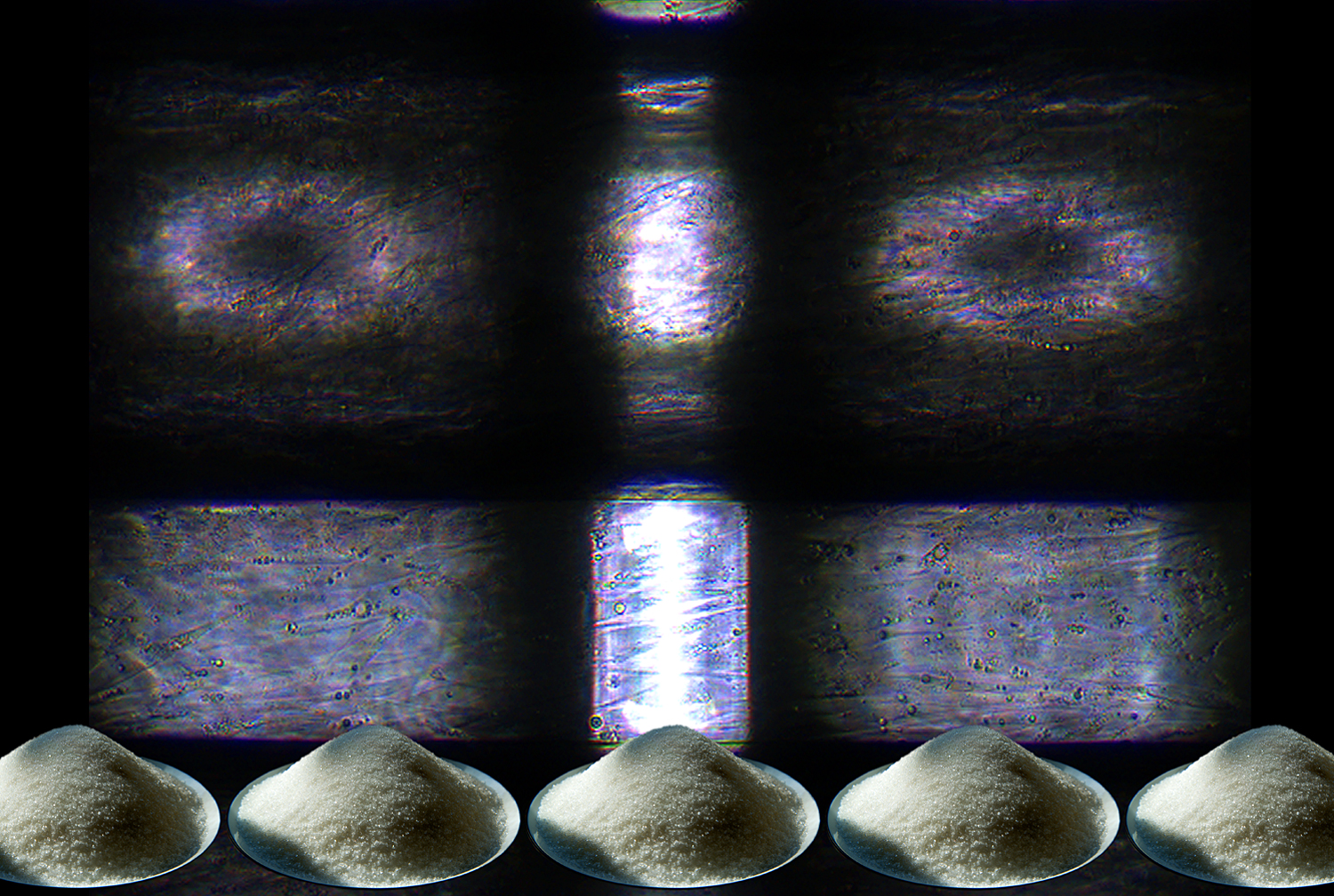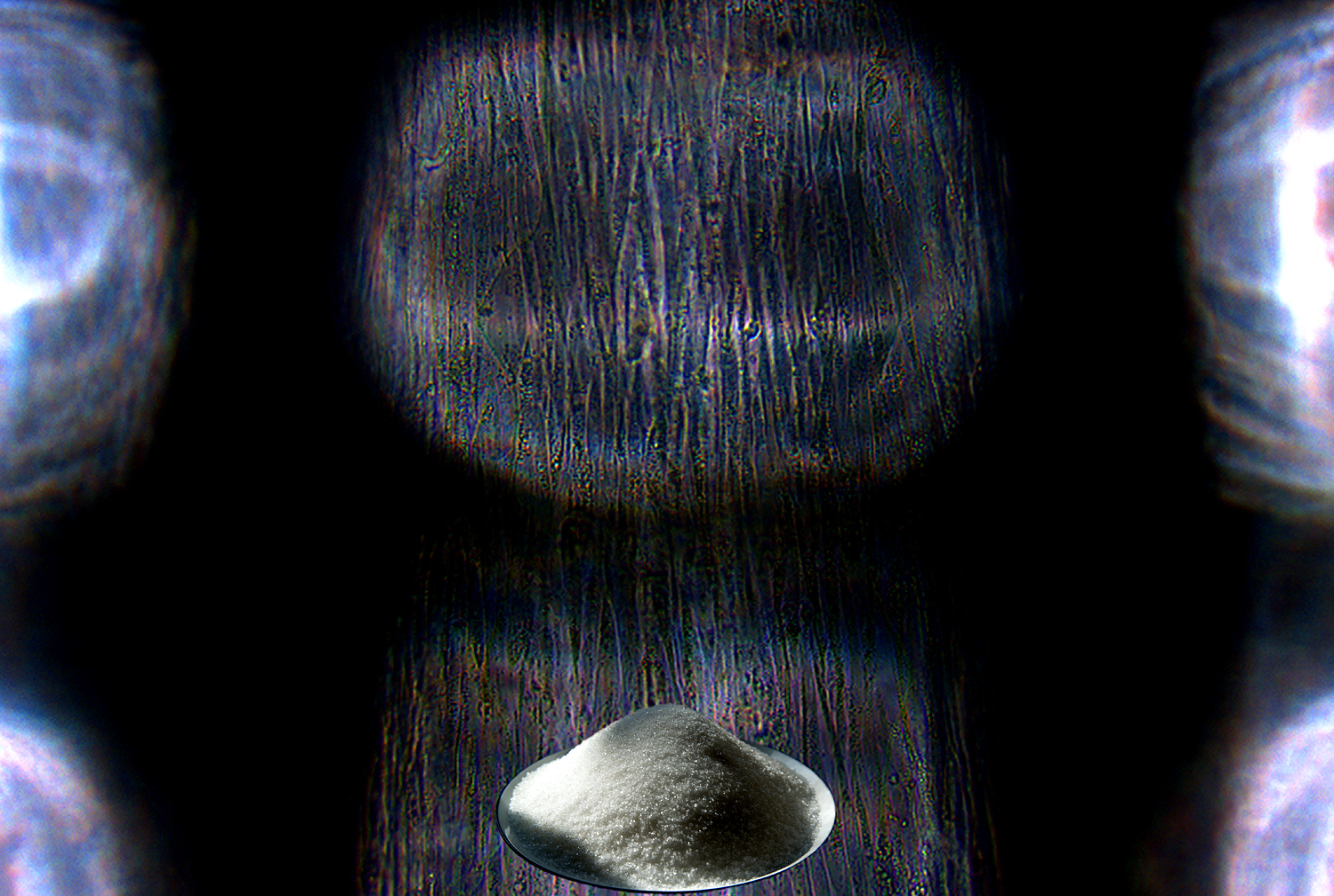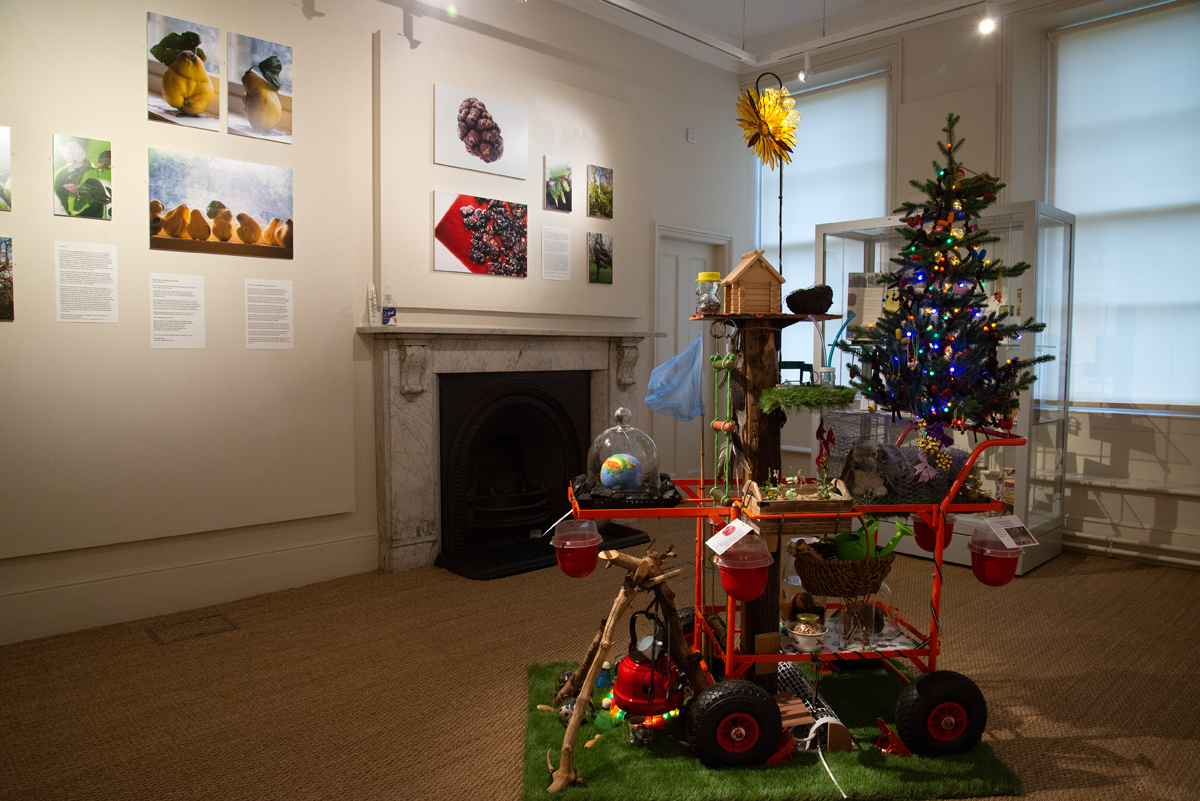sweet feed
Sugar has magical properties. Firstly, it is pure energy. All the carbohydrates we consume (sugars, starches and fibre) are made up of a combination of simple sugars such as glucose and fructose. Glucose is the basic molecule that all organisms use as an energy source. In the gut, more complex carbohydrates are broken down into simple sugars. Glucose is then used as fuel and the other simple sugars are either converted into glucose or stored as fat for future energy use.
Sugar makes food taste sweet. It preserves food, adds texture and bulk to recipes, decorates dishes and tenderises meat. It can be transformed into a hard, soft, stretchy, fluffy, moist or liquid substance. It combines perfectly with fats to make some of our most desirable foods, such as cakes and chocolate. It is also added to many foods which don’t taste sweet, because it actually improves their savoury taste. So called "hidden sugars" are found in bread, meat, soups, sauces, frozen foods, baby foods, even pet foods. The list goes on.
why we like sugar so much
So why do most of us like sugar so much?
The taste buds in our mouth, all 10,000 of them, have receptors which are able to recognise five tastes: sweetness, saltiness, bitterness, sourness and savouriness or umami. However, unlike for the other tastes, every taste bud has receptors for sweetness. When we consume sweet foods or drinks, these receptors release neurotransmitters which activate the pleasure centres in our brain. Endocannabinoids are then released which stimulate appetite, amongst other effects.
So sugar makes food pleasurable and encourages us to want to eat. Our taste for sugar starts early in life: breast milk is sweet, with roughly 40 percent of its calories coming from lactose, a type of sugar. This sweetness encourages the baby to eat more, which in evolutionary terms must have been a good thing when survival was tough, all those millennia ago. So our brains are hardwired to desire sugar, a source of pure energy which in evolutionary terms may have helped guarantee the survival of our species.
processed sugar
In the long gone past, people had access to sugar but only by eating foods such as fruits and the occasional honey. Fresh fruits contain very important micronutrients, such as fibre and vitamins. Crucially, they slow down sugar digestion in our gut, which helps to prevent blood glucose spikes.
Now, our food contains sugar which has been extracted from plants, then purified and added as free sugar. Its molecular composition is identical to that of sugar in fruits but its detrimental effect has become magnified. Because it has been added to an ever increasing range of foods and drinks, we now eat vast amounts of it. And, as we know, we love sweet food.
So, we eat too much: too much sugar and too much food. The term "empty calories" describes foods made up of pure sugars and fat, with few other nutrients apart from lots of calories. Eating more calories than our body requires, combined with a sedentary lifestyle, are the main contributors to the current obesity epidemic sweeping across the world.
